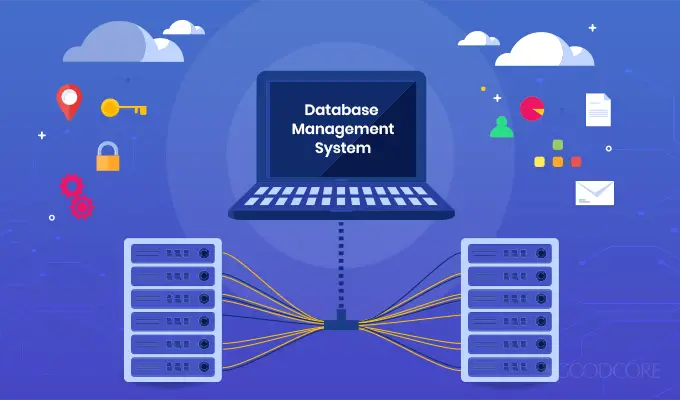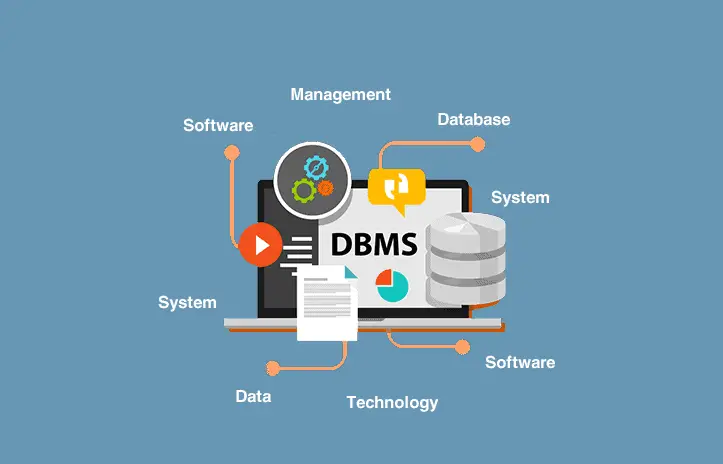In the past, Database Management Systems (DBMS) were straightforward software applications and related hardware that let users access data from many places. Users of the system have the option to store data without worrying about structural changes or the location of the data. A database management system (DBMS) may also impose limitations on the data that is utilized and the services that are accessible to each user.
Top Trend Database Management

Adoption of Multi-Domain MDM with Caution
The term “MDM Multi-Domain focus” refers to a perspective that links several items to a specific reference point. The need to better comply with rules and simplify operations involving suppliers, goods and consumers has drawn the attention of businesses.
Multi-domain MDM increases complexity and raises the possibility of data quality problems, which is why this form of the solution has fallen out of favor in 2020. As a result, enterprises will embrace it cautiously due to data quality issues and the necessity for data cleaning.
Memory-Based Databases
In-memory databases are becoming more and more common since they react more quicker than conventional systems. An in-memory database (IMDB) does away with the hard drive and keeps information in the random access memory, or RAM, of the computer. This strategy speeds up responses.
Because translation and caching are not required, response times may be decreased. The form in which the data was originally received and the form in which it was utilized by the application are both maintained.
Applications that need quick responses and provide real-time data management often employ these databases. Banking, travel, database development company, gambling, and telecommunications are among the sectors using in-memory databases and reaping the benefits.
Drive for Business Intelligence in MDM
Professionals in business intelligence (BI) still place a high value on reliable data that results from a data-driven culture and a collaborative, organizational-wide strategy for utilizing data to inform choices and insights. Because of this, BI adopts an MDM to get a bird’s eye perspective of the organization and provide all workers with access to the data they need to perform their jobs.
The BARC Data, BI, and Analytics Trend Monitor first identified this trend in 2019, and it will continue to gain momentum through 2023 and beyond. But before installing a new MDM, businesses will want to make sure that their data quality base is solid.
A Stronger Emphasis on Security
Given the ongoing focus on data security, this may not exactly be a trend, but ongoing retail database breaches among US-based organizations make it abundantly clear how crucial it is for database administrators to collaborate with their IT security counterparts to ensure the security of all enterprise data. Any company that has data on hand is at risk.
To close any internal gaps that can expose data, database administrators must collaborate with the security team. These can include problems with network rights or even incorrectly configured devices or software that might be utilized improperly and lead to data breaches.
MDM Adoption Driven by Increased Compliance
A wide variety of sectors will be encouraged to use MDM thanks in large part to compliance. Existing data privacy standards, such as the General Data Protection Regulation (GDPR) in Europe, will continue to be strictly enforced, particularly when it comes to user permission.
If the US Senate doesn’t act, the US Congress and a number of US states intend to adopt the proposed legislation enhancing consumer access to and control over their data. Increased penalties for infractions and interest in MDM to meet or lower compliance risk will result from the momentum around data laws and supervision.

Master Data Governance Reconsidered
Those with the capacity to do so, including expanding mid-sized, big, and financial firms, will rethink and enhance their data governance to guarantee that master data quality satisfies business intelligence (BI) objectives. Smaller and midsized businesses may consider data governance to be expensive and postpone adopting it in favor of other business goals.
Both developments will cause changes in master data governance when businesses can no longer tolerate poor data quality. Then, corporations will reactivate a formal data governance architecture that includes automated data quality solutions, responsibilities, and procedures.
Bottom Line
The degree to which businesses adopt the aforementioned future trends relies on the quality of the data. Organizations will want to prepare their data quality for an MDM system as data quality drives enterprises to investigate and adopt an MDM in 2023.










